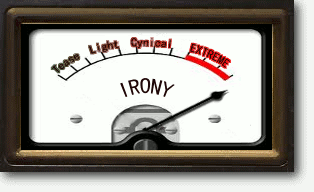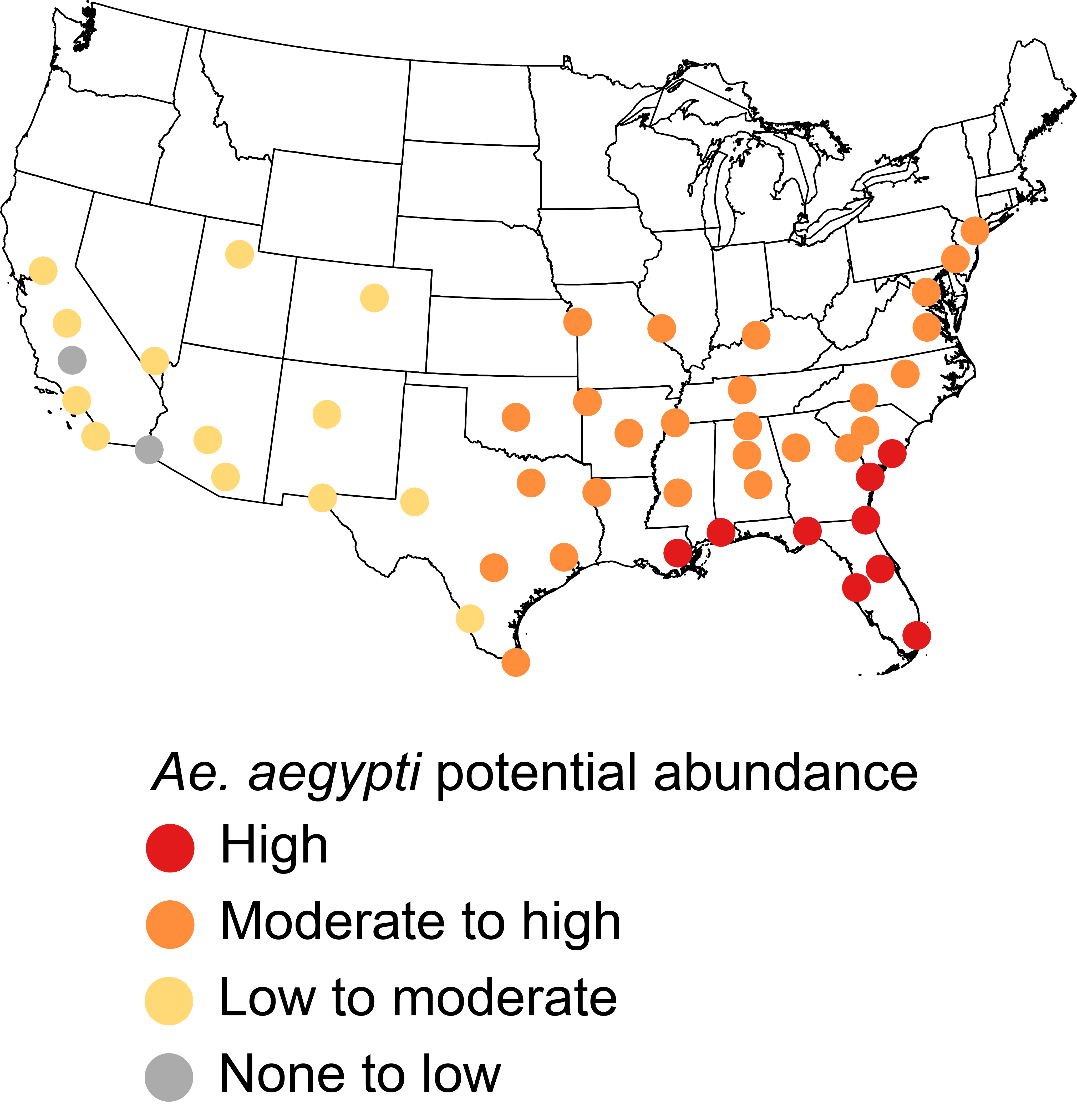Aba Incieni
Gold Member
- Dec 13, 2017
- 8,910
- 1,282
- 290
You just echoed what he said, Baldy.They all chose to live in an echo chamber.You can either choose to live in a closet or in the real world. In the real world, we must not ignore what are ominous signs of things to come.



